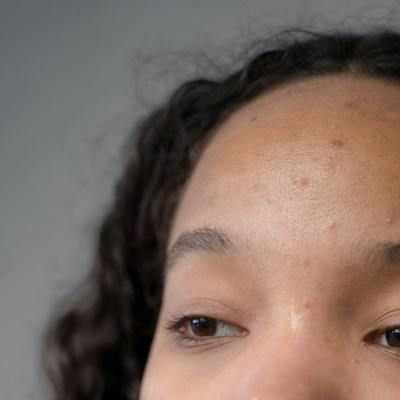Article
Direct-Acting Antiviral Agents May Be Beneficial Beyond Hepatitis C Treatment
Author(s):
Three patients with porphyria cutanea tarda benefited from hepatitis C treatment.

A recent case series shows that there may be secondary benefits to using direct-acting antiviral (DAA) agents. Yun Tong, MD, of the Department of Dermatology at the University of California in San Diego, and colleagues, authored the series describing the effect of DAA treatment for hepatitis C virus on three patients’ porphyria cutanea tarda (PCT).
Porphyria is a group of disorders which either affect the nervous system or skin, depending on the type. It is caused by a buildup of porphyrins and, though porphyria is relatively rare, PCT is the most common form of the disease. Patients experience blisters in sun-exposed areas. The authors of the case series said, “There is a strong association between the sporadic form of PCT and hepatitis C virus infection.” It is especially common among those patients who have hepatitis C-related cirrhosis.
Before the advent of DAAs, other hepatitis C treatments had shown mixed results for PCT. One previous case study showed that the DAA boceprevir resolved PCT. However, a regimen with boceprevir also includes an interferon, which the authors say, “may have contributed to the PCT resolution.” The three cases described in this series involved treatment with ledipasvir and sofosbuvir, for either eight or 12 weeks.
All three patients were male, with two in their 50s and one in his 60s. The clinical characteristics for each includes a hepatitis C diagnosis and open sores or lesions on the hands. One patient underwent an eight-week course of ledipasvir-sofosbuvir combination therapy; a second had an interim treatment of clobetasol, resulting in minimal improvement, followed by a 12-week course of ledipasvir-sofosbuvir combination therapy; the third received a 12-week course of ledipasvir-sofosbuvir combination therapy.
Two of the patients experienced a complete resolution of PCT, one within three months of therapy and one within five months. The third had “markedly decreased number of lesions one month after treatment; no new spontaneous lesions after completion of therapy,” according to the report in the Journal of the American Medical Association (JAMA).
A literature search only revealed one case of PCT resolution following treatment with a DAA. In that instance, the patient was treated with boceprevir. “This suggests that the marked improvement in PCT is likely related to the cure of hepatitis C that can be achieved by DAA agents in general and not necessarily only ledipasvir-sofosbuvir combination therapy,” the authors explained.
Further investigations into the secondary benefits of treating hepatitis C with DAAs are necessary in order to corroborate the results observed in the three cases described in this series.
The study, “Resolution of Porphyria Cutanea Tarda in Patients With Hepatitis C Following Ledipasvir-Sofosbuvir Combination Therapy,” was published in JAMA Dermatology.
Related Coverage:
Phase 4 Real-World Study Assesses Simeprevir for Hepatitis C
Hepatitis C Reinfection Isn’t All That Uncommon in People with HIV
Shorter Course of Ledipasvir-Sofosbuvir Therapy Effective in Patients with Genotype 1 Hepatitis C
2 Commerce Drive
Cranbury, NJ 08512
All rights reserved.





